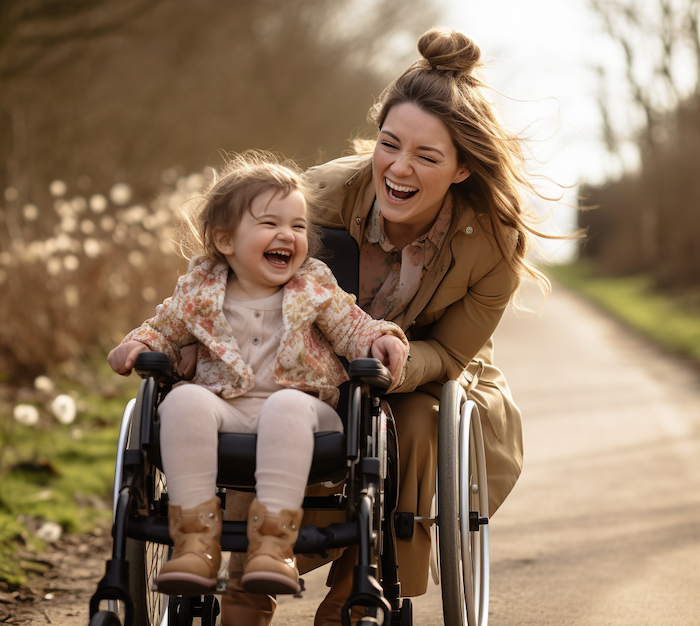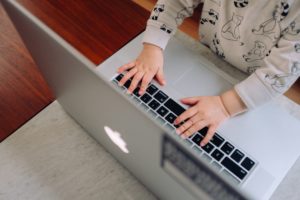This guest article was written by Tanya at Noala, an online speech and language therapy service.*
As a parent or caregiver, you’re continuously building, influencing, and shaping your child’s communication foundation.
In this blog, we’ll explain why supporting speech development is so important, and give 10 clinically-backed tips to support your children aged 4–10 in their speech and language development.
What do we mean by ‘speech and language’?
Speech refers to the process of producing sounds that form words, representing the physical act of speaking. On the other hand, language encompasses a broader system of using words and gestures to convey our thoughts and intentions. It includes the understanding of language and tone of voice used by other individuals speaking to us.
Speech and language therapy consists of techniques and activities aimed at improving overall communication by addressing delays and disorders individuals may experience.
Benefits of positive speech and language development
By incorporating speech and language therapy or at-home strategies from an early age that aids in the development of communication skills in your child, we can positively impact the following skills:
- Social skills: Help understand emotions and relate to others, understand social cues, and body language, learn to adapt to different individuals, and allow for ease of social situations.
- Articulation: Learning to articulate sounds and words appropriately, aids in unfamiliar listeners understanding us better, and boosts overall self-confidence.
- Emotional and behavioural development: understanding others, fostering empathy and compassion. Developing these skills helps with emotional security and overall confidence in relating to others and understanding social communication cues.
- Cognitive advancements: practising positive speech and language development strategies helps with attention and listening skills, solving problems, and developing thinking skills.

10 ways to support speech and language development in your child
1. Find opportunities for conversation
As a parent, it’s important to actively encourage your child to participate in conversations. It can help them feel more at ease and willing to open up.
Use communication opportunities like car rides, supermarket runs, dinner prep, or even walking the dog. Make the most of every opportunity to bond with your child by incorporating relevant conversations that relate to their surroundings.
Introduce new words and concepts regularly, and serve as a role model by demonstrating phrases your child can use to start conversations.
2. Make reading fun
Reading aloud to children is a proven method to enhance their language skills. Engage in interactive reading by taking turns, allowing your child to participate even with a word or two.
It’s perfectly fine if your child prefers the same book repeatedly: it helps them develop a deeper comprehension of the characters, plot, and vocabulary.
Engage in conversations about the plot, characters, and the setting of the stories and help explain words or phrases to your child.
For early years, using books with lots of colours, shapes, and objects will be an opportunity to foster 1-word key phrases.
3. Tune into your child’s cues
Find your child’s ultimate comfort zone where they engage in communication the most, and put in the work in their optimal environment.
Think about where your child turns into a chatterbox: it could be during a ride home from school, during bath or eating times, or during getting-ready-for-bed times.
Let your child be the guide to show you where they are comfortable, and be sure to practise active listening and being present with your child during these times.

4. Play games and activities
Bond and have fun with your child over language-based games, providing an enjoyable and laid-back setting for children to practise using new words and freely express themselves.
Language-based games include:
- Simon Says
- Card/Board games
- Pictionary
- Charades
5. Limit screen time
It’s impossible to ignore that technology now forms a big part of our lives. But we need to lift our eyes off the screens, and become more interactive with each other again.
Limiting screen time helps your child’s brain unwind and concentrate on tasks without interruptions.
This leads to improved focus, enhanced emotional regulation, and better organisation of thoughts and activities over time.
(Make sure you limit your own screen time too, so you can be fully present with your child.)
6. Practise active listening
When a child’s ideas, feelings, and abilities are treated with respect, it fosters the growth of their confidence. Parents should practise active listening so their child feels safe and heard.
Repeat what your child has to say to show you understand. Support them by repeating the words correctly if pronounced wrong, as an example. Encourage listening skills in your child too.
7. Praise their efforts
Respond promptly to your child’s speaking attempts, and verbally praise their efforts as a reward. You could also use gestures, like high-fives.
Be specific in your praise: acknowledge their good talking, or expressing appreciation for specific words. Encourage and praise all verbal and non-verbal attempts, even if your child isn’t getting it right.
8. Socialise with other kids
It’s important for your child to interact with others their age. It’s the best form of language practice, where verbal and non-verbal skills are being boosted.
Playing with similar-aged children will help your child to understand communication, listen, and test other skills in social groups.
9. Give your child time
It is important to follow your child’s lead and make them feel comfortable and heard at all times. Try not to make it too obvious that you are correcting their mispronunciation, and leave space for improvement on their own terms.
It takes time for children to produce correct pronunciations of words, and for words to appear regularly in their vocabulary.
10. Sing along and listen to nursery rhymes
Through singing, language is paced at a slower rate. Offering rhyme and repetition aids children in developing an understanding of the connections between letters and sounds.
Singing helps with the development of essential language and literacy skills, including phonological awareness, auditory discrimination, and vocabulary expansion.

Don’t forget: the development of each child has an individualised rhythm. Every child works at their own pace.
Developmental communication milestones serve as essential benchmarks in a child’s growth, providing valuable insights into their physical, cognitive, and social-emotional development.
These milestones can be observed and monitored through your child’s movements, behaviour, learning abilities, play interactions, and communication skills.
According to the CDC (U.S.), developmental milestones represent the typical abilities that 75% or more of children can achieve at specific ages, encompassing various aspects of development, including speech development.
Explore our guidelines outlining the speech development milestones that we recommend monitoring for your child’s progress each year. Ages mentioned are benchmarks, and the milestones can develop earlier or later.
About the guest writers
Founded in 2021, Noala is on a mission to change the way families access speech and language support. With parent-led therapy plans, Noala aims to support and equip parents and children with the necessary knowledge to incorporate effortless strategies into their daily routine fostering speech and language development.
*By the way, we’re not getting anything from Noala (this isn’t a paid partnership or ad)—we just thought our families might appreciate these tips.



